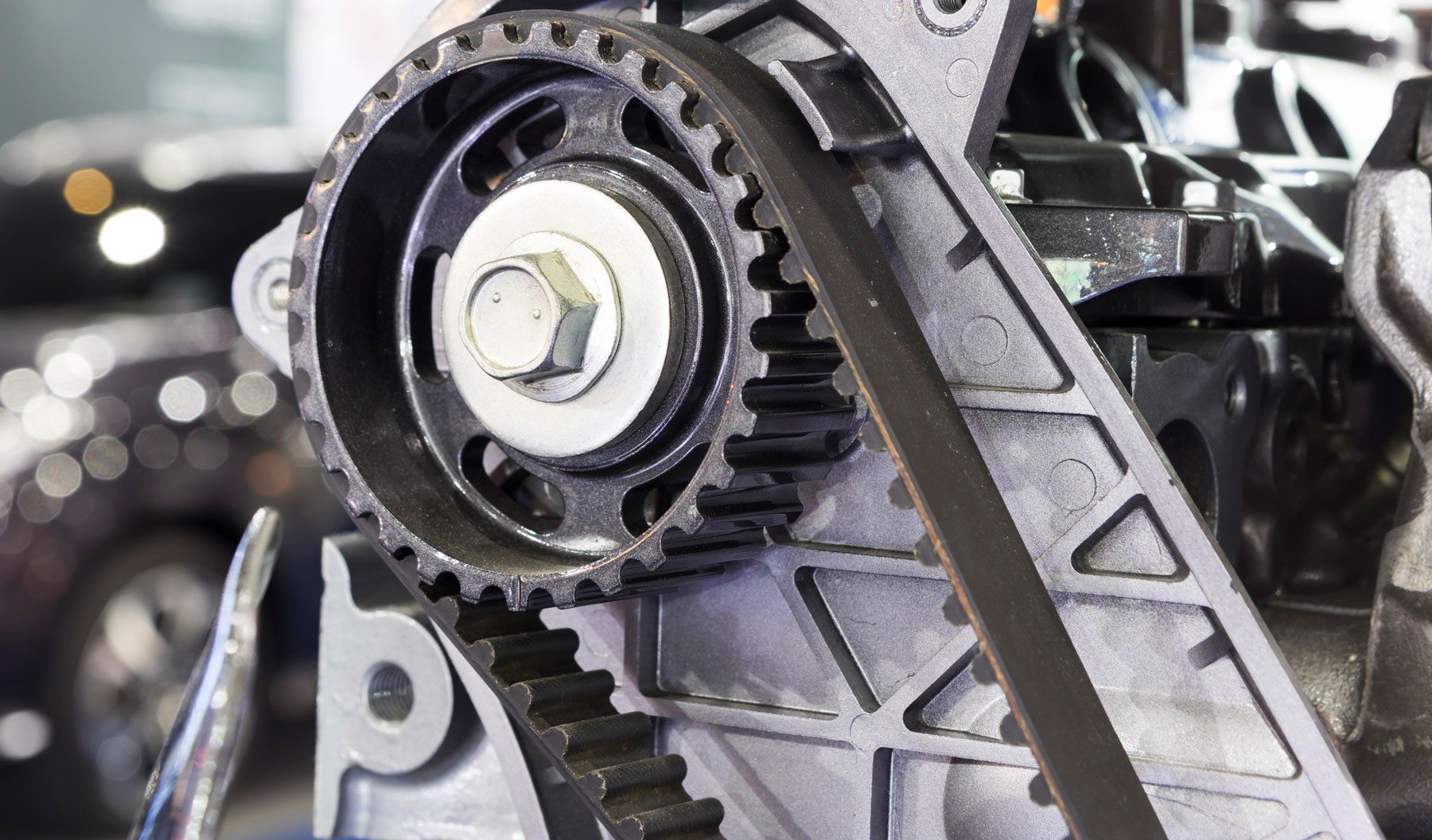3 Things You Should Understand About Drive Belts
- By admin
- •
- 09 Sep, 2020

Modern automotive vehicles sport some remarkably complex mechanical systems, components, and accessories, with each piece of the puzzle playing an important role in making the vehicle function normally. Hard-working parts called drive belts run key processes like engine timing, air conditioning, and power steering.
As a vehicle owner, you can benefit from a basic knowledge of the belts that run your car, how to recognize problems in the making, and how to keep the belts in the best possible shape. Here are three important things to understand about your drive belts.
1. Types
The two main categories of drive belts found in automobiles include timing belts and accessory belts.
Timing Belts
The timing belt, which sits inside the engine, moves the crankshaft gears by means of the belt's ribbed design. The ribs on this flat-sided belt meshes with the gears to permit fixed, predictable camshaft timing.
Not every automobile uses a replaceable rubber-timing belt to perform this function. Some vehicle engines contain a timing chain instead of a timing belt. The timing chain does the same job but as a permanent component that requires only periodic lubrication instead of replacement.
Accessory Belts
Accessory belts drive various other components in the vehicle. Some cars have separate belts for the cooling fan, generator, power steering pump, and air conditioner compressor. Smaller cars with more cramped engine designs may use a single belt called a serpentine belt to power all of these components.
You can tell an accessory belt not only by the specific motors or wheels it operates but also by its shape. Accessory belts typically have a chunky trapezoid shape, prompting mechanics to refer to them as V-belts. Manual and automatic tensioning devices keep these belts operating efficiently and quietly.
2. Common Trouble Signs
The obvious sign of a potential belt problem involves the total failure of a particular function. For example, a sudden loss of power steering, an air conditioner compressor failure, or loss of electrical power could signal a broken or slipping accessory belt. Failure of multiple accessories often indicates a serpentine belt issue.
An accessory belt that fits too loosely to drive wheels or other parts efficiently may also make a loud squealing noise when you ask your car to perform certain tasks. A loud squeal that occurs every time you cut your wheel, for instance, may mean that you have slippage or wear in your power steering accessory belt.
A failing or slipping timing belt will undermine engine performance. Slippage or imperfect adjustment may cause cylinders to open and close at the wrong intervals. The resulting misfires can destroy the engine if you leave the issue uncorrected.
The earliest warning of a timing belt failure may take the form of a ticking noise emanating from your engine (although this noise can also indicate other serious problems). If your timing belt breaks while operating, the engine may experience major cylinder head, oil pump, or crank bearing damage.
3. Maintenance
You can avoid many drive belt problems simply by having your belts evaluated, adjusted, or replaced at the specific service intervals recommended in your owner's manual. More generally, a good serpentine belt should provide about 50,000 miles (or alternatively, five years) of service before it requires replacement.
Timing belts for different makes and models of cars can vary widely in their expected longevity. Your vehicle's manufacturer will most likely recommend replacement at some point between 60,000 and 105,000 miles. Regular inspections can help catch early signs of cracking or looseness in time to prevent later problems.
Whether you suspect a serious belt problem in your vehicle or you just want to make sure that your belts receive the proper preventative care, Kell Radiator Service can make things right and help them stay that way. Contact us for a free estimate.


